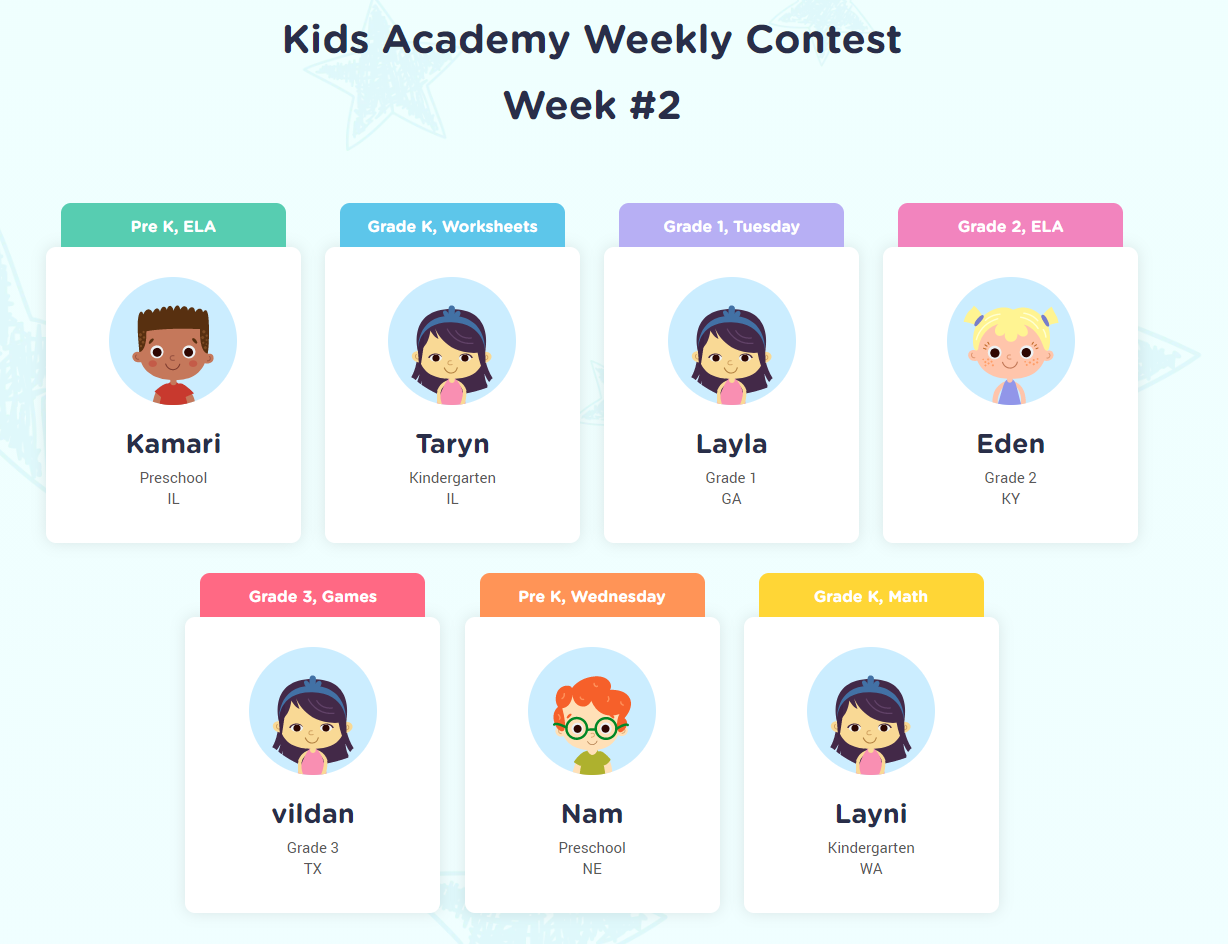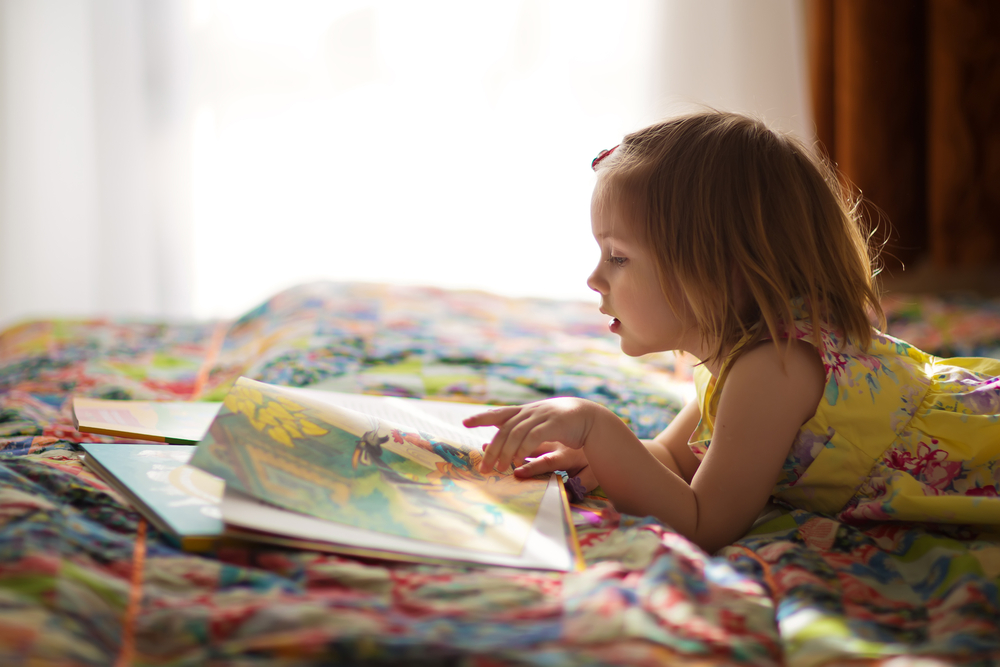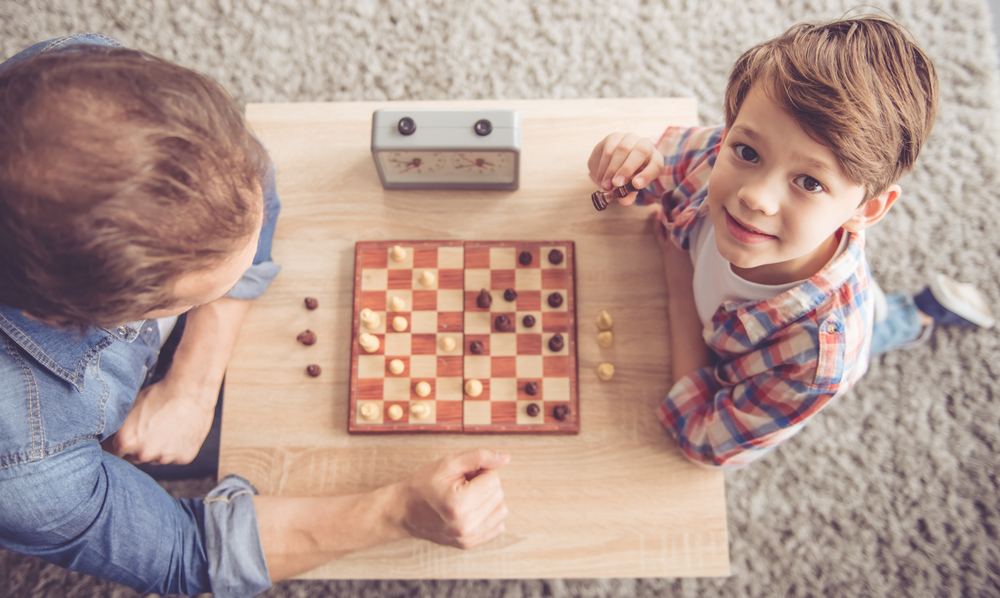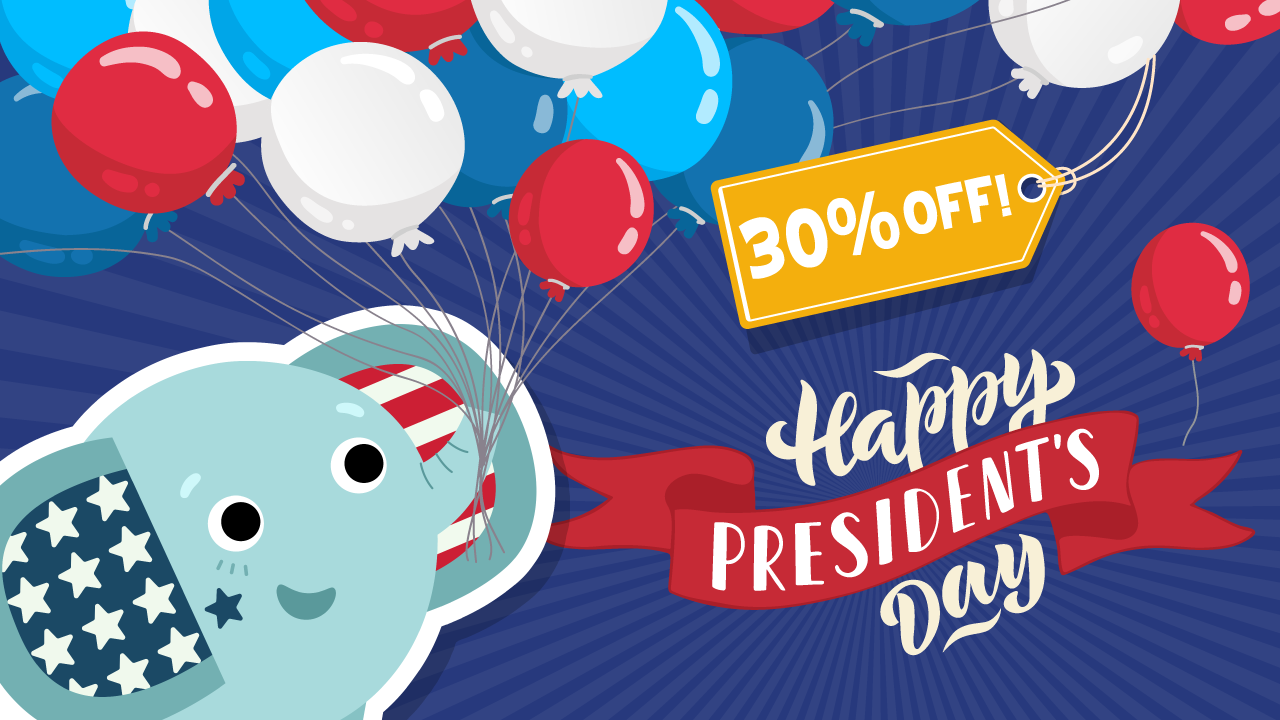Categorizing objects Normal Worksheets for 7-Year-Olds
3 filtered results
-
From - To
Unlock your 7-year-old's potential with our expertly designed Categorizing Objects Worksheets! Perfect for first graders, these engaging activities help enhance critical thinking, sorting, and classification skills. Children match, group, and categorize everyday items based on various attributes—a fantastic way to spark curiosity and develop logic. Each worksheet is packed with colorful images and fun challenges to keep young minds captivated. Ideal for both classroom and home learning, our printable worksheets provide the perfect blend of education and entertainment. Watch your child excel academically while having fun with our top-quality learning resources!
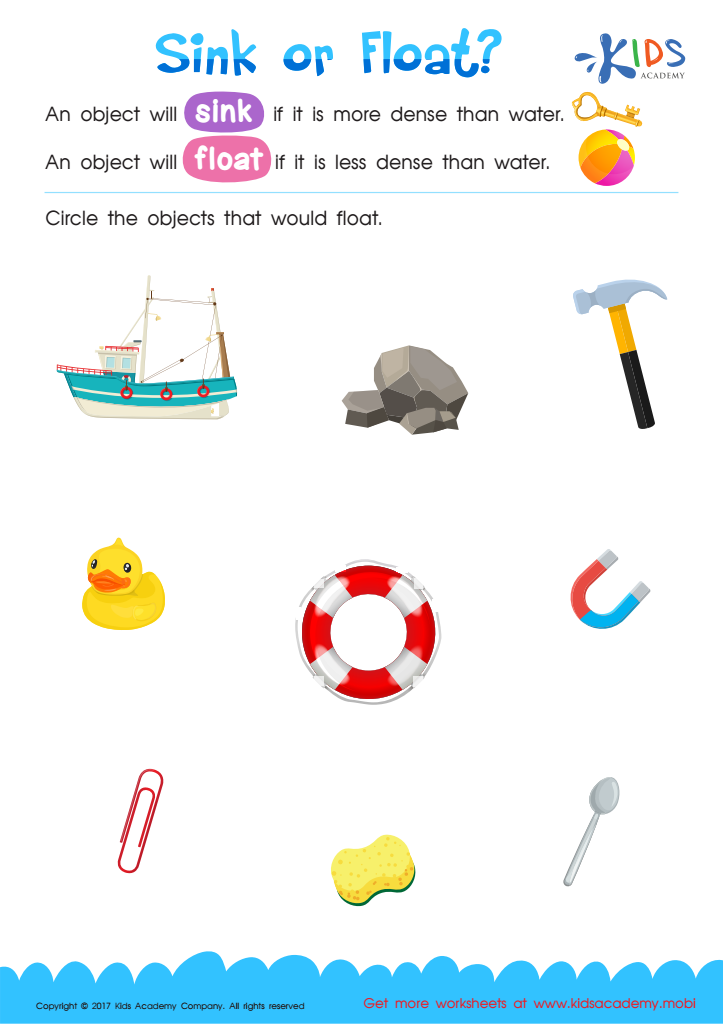

Sink or Float Printable
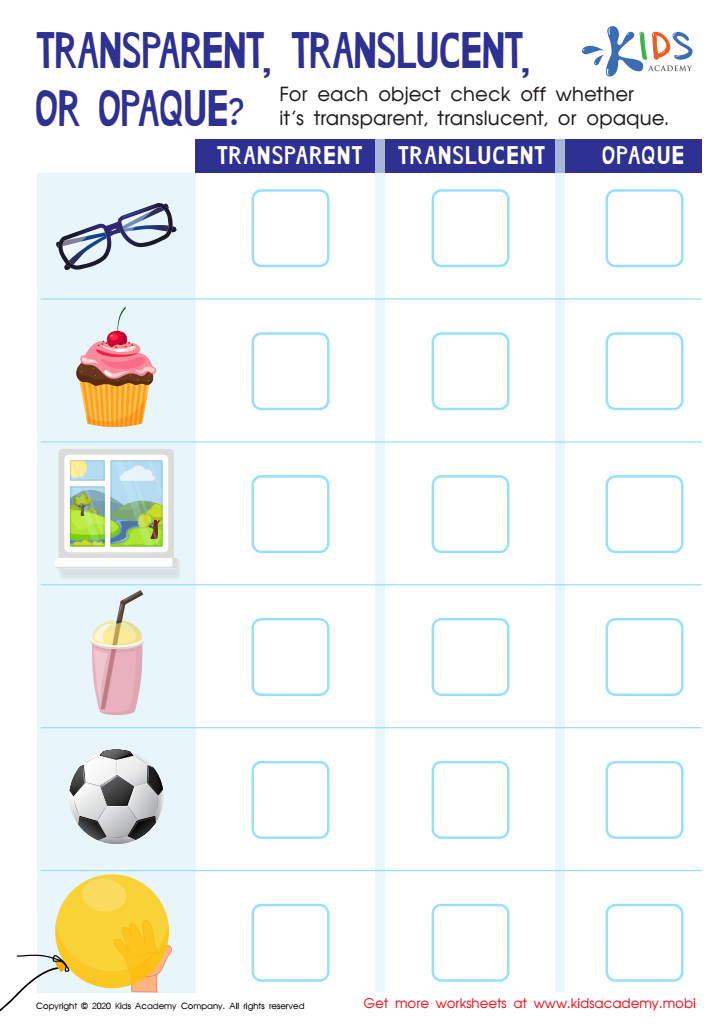

Transparent, Translucent, or Opaque Worksheet
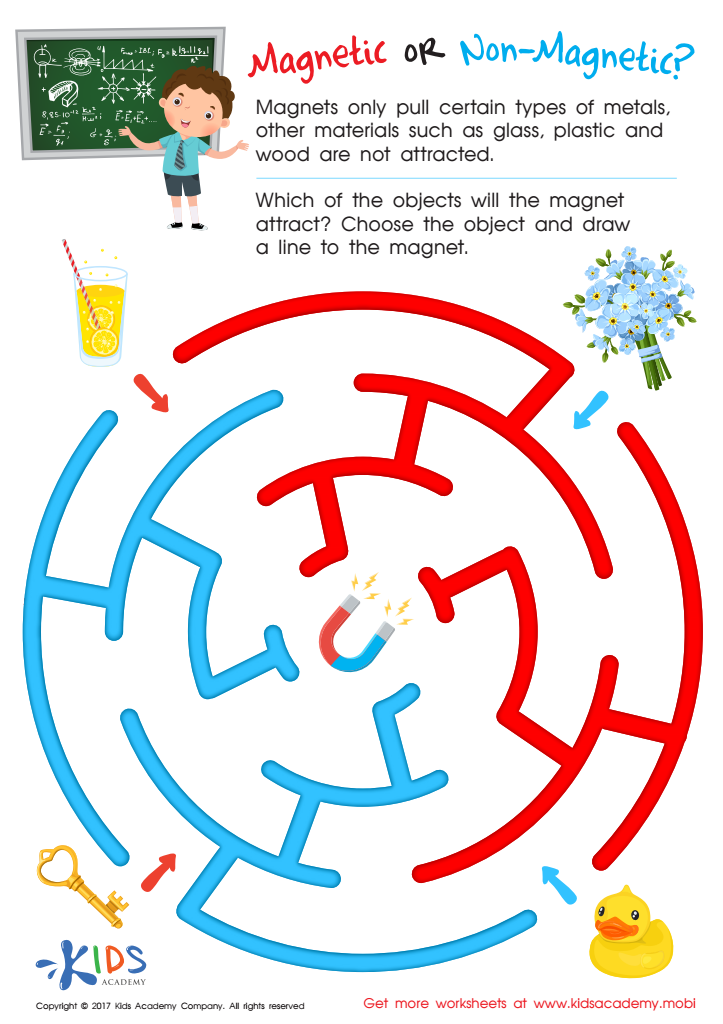

Magnetic or Non–Magnetic Worksheet
Categorizing objects is a critical skill for 7-year-olds as it enhances cognitive development, which is essential for learning and problem-solving. By grouping objects based on common attributes like shape, size, color, or function, children develop analytical thinking and improve their ability to process and organize information. This skill underpins more complex tasks such as reading comprehension, mathematical reasoning, and scientific inquiry.
For parents and teachers, encouraging categorization helps in building a child's vocabulary and language skills. As they sort and label objects, children learn new words and concepts, making it easier for them to describe and understand the world around them. This process also strengthens their memory and attention to detail, as they must recall and apply different characteristics to organize objects effectively.
Moreover, categorizing objects can boost children’s social skills and emotional understanding. By recognizing similarities and differences, children become better at appreciating diverse perspectives and empathizing with others. This lays the groundwork for teamwork, cooperation, and communication—key components of their future success in both personal and academic settings.
In essence, fostering categorization skills equips 7-year-olds with the foundational cognitive, linguistic, and social tools that support their overall development and set them up for future academic and personal success.
 Assign to My Students
Assign to My Students




